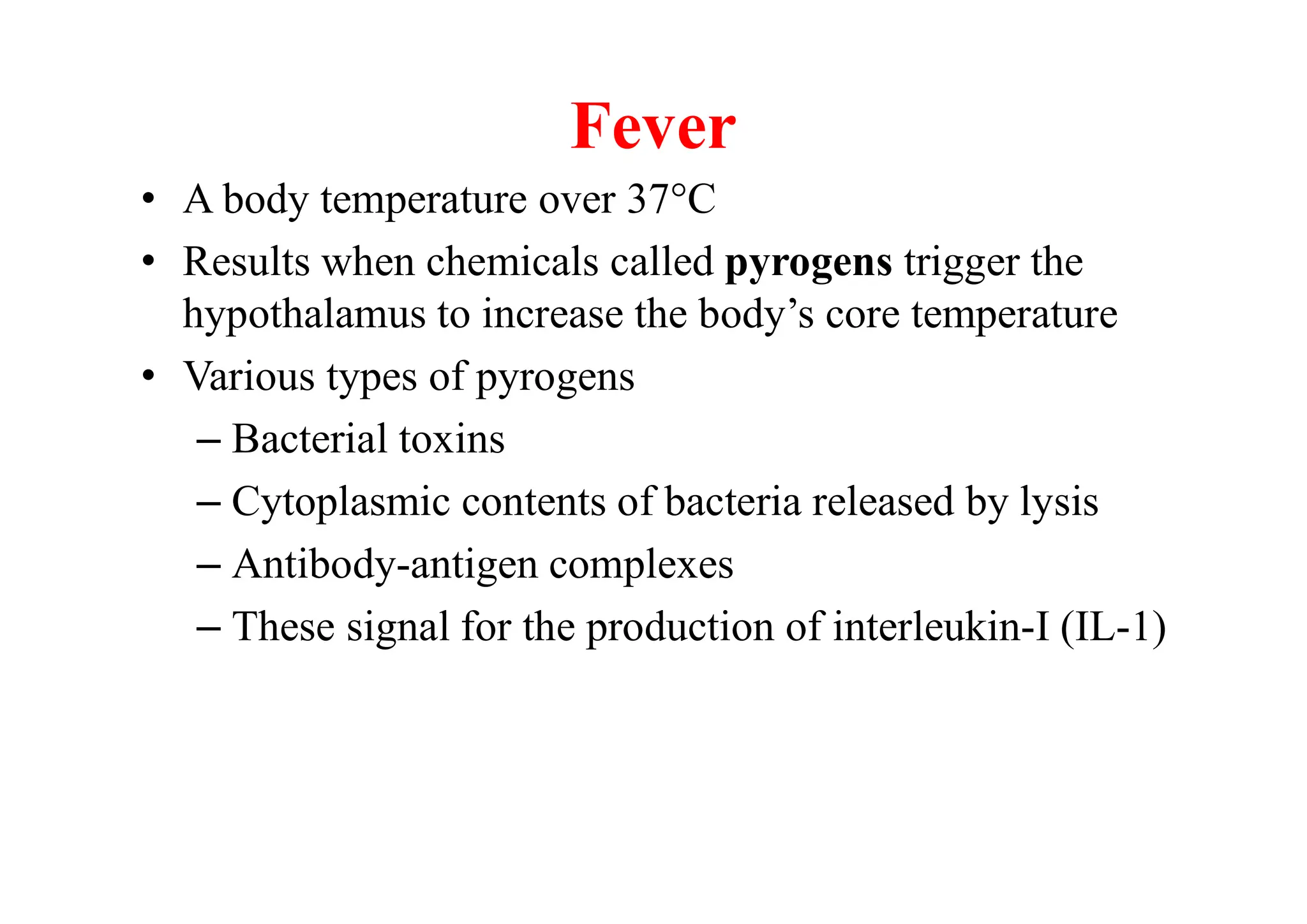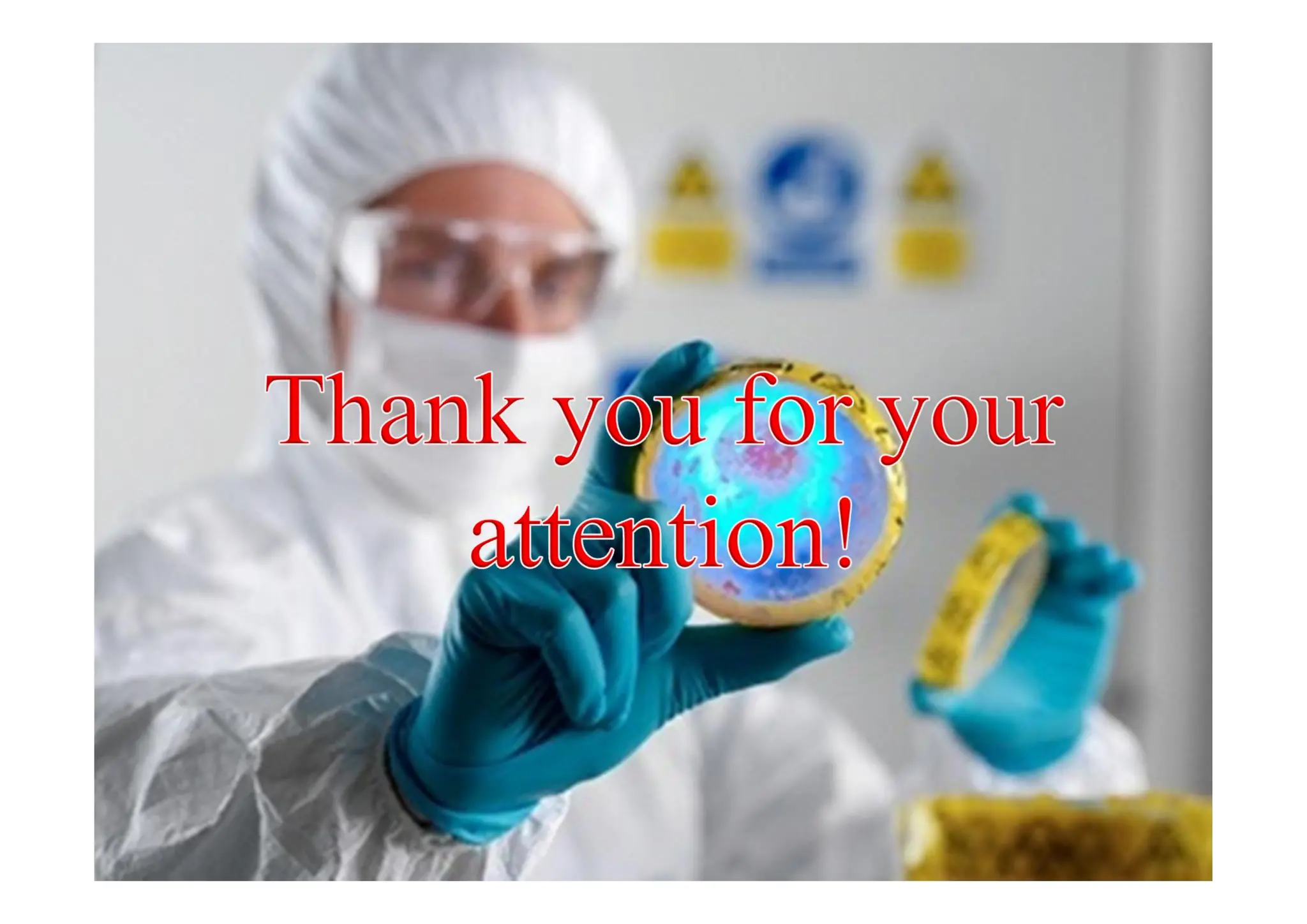Immunity.
Factors of Innate &
Acquired (adaptive) Immunity.
Immune system –
the integrated body system of organs,
tissues, cells & cell products that
differentiates self from non – self &
neutralizes potentially pathogenic
organisms.Immunology = study of structure and
function of the immune system
• Immunity = resistance of a host to
pathogens and their toxic effects
• Immune system = cells, tissues, and
molecules that mediate resistance to
infections






























